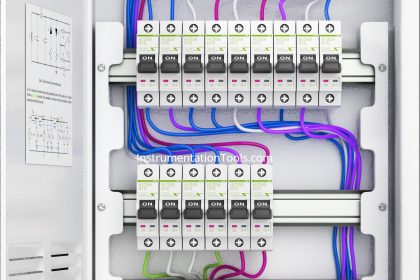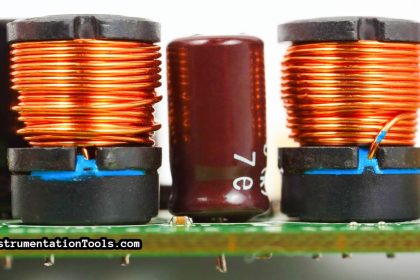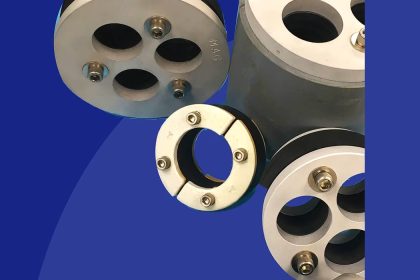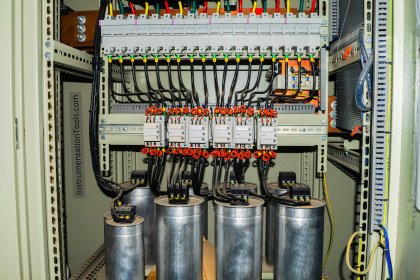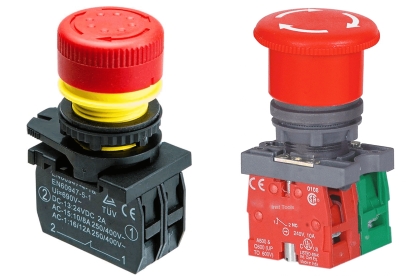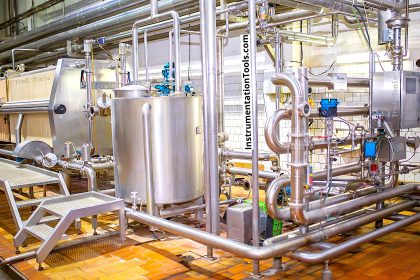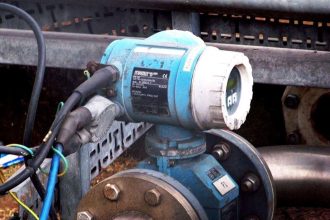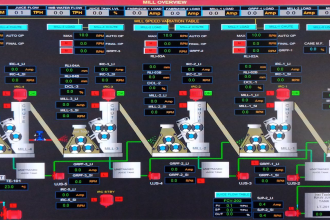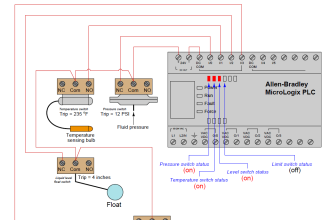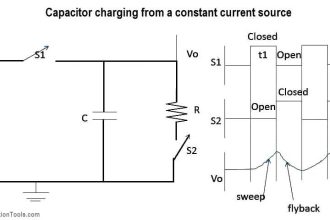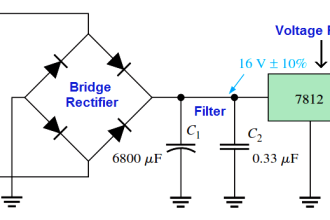VFD is used for speed control of induction motor to save energy and for better process control. Let us first understand the working of induction motor. The motor converts electrical energy into mechanical energy.
However, one more intermediate stage of conversion before converting the electrical energy into mechanical energy is the magnetic energy. Thus, the motor converts the electrical energy into magnetic energy and then the magnetic energy is again converted into electrical energy and finally to mechanical energy.
The motor has its rated magnetic energy handling capacity. The magnetic energy or air gap power depends on the flux. The core of the motor is designed to carry the rated flux. More than the rated flux should never be allowed to pass through the core.
V/f Ratio Constant in VFD
Let us see on what factors the magnetic flux of the motor depends.
If AC voltage is applied to stator of the induction motor, the flux is generated. The flux generated is in phase with the applied voltage.
Φ = Φm Sinωt
According to the Faraday’s law of electromagnetic induction, the self EMF induced generated in the stator is expressed as;
e = – N (dΦ/dt)
e = – N [(dΦm Sinωt/dt)]
e = – NwΦm Cosωt
e = 2πfN Φm Cosωt
e = Em Cosωt
Here Em = 2πfN Φm
RMS value of voltage induced;
erms = Em/√2
erms = (2πfN Φm) /√2
erms = 4.44 Φm f N
Φ = erms / 4.44 f N
Φ =e/f = v/f
Thus the flux generated in the stator depends on the ratio of the volt/Hz.
In VFD motor, speed is controlled by changing the frequency, as the speed of the motor is proportional to the frequency.
N = 120f/p
The speed of the motor can be changed by varying the frequency, however the voltage needs to be increased or decreased in the same proportion of the frequency to maintain the constant flux in the motor.
The PWM inverter of the VFD maintain the constant V/f ratio in order to maintain the constant flux in the motor. Suppose an induction motor of rating 440 volts,50 Hz is to be operated through VFD and if the speed is half of its rated speed, then PWM inverter output 25 Hz AC.
If voltage remains 400 volts then the ratio of v/f = 400/25 =16. The motor will experience double flux of its rated flux capacity in this case. Therefore when frequency is 25 Hz, the voltage will be 200 volts and v/f ratio is equal to 8.
What happens if flux is increased above the rated capacity?
Higher flux than its rated capacity leads to increased eddy current and hysteresis losses. The increased losses cause the heating of the core and as a result of this the insulation of core will get damaged.
Therefore, when motor running through VFD the V/f ratio is kept constant.
Author: Satyadeo Vyas
If you liked this article, then please subscribe to our YouTube Channel for Instrumentation, Electrical, PLC, and SCADA video tutorials.
You can also follow us on Facebook and Twitter to receive daily updates.
Read Next:
